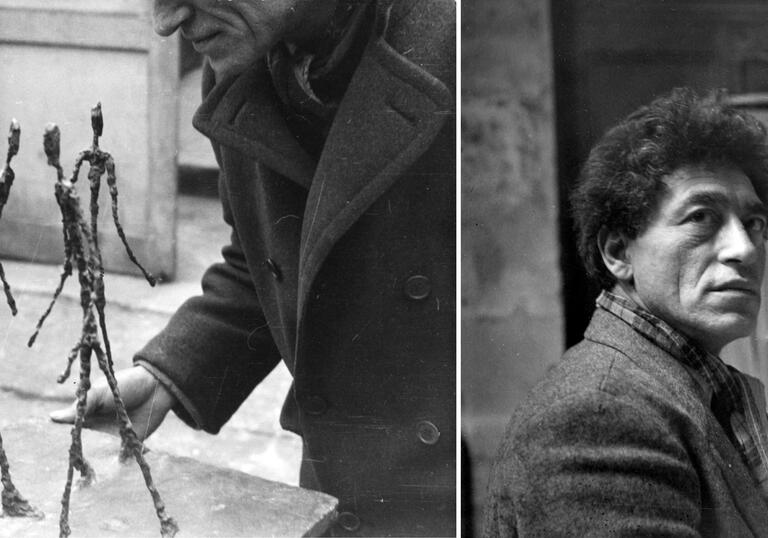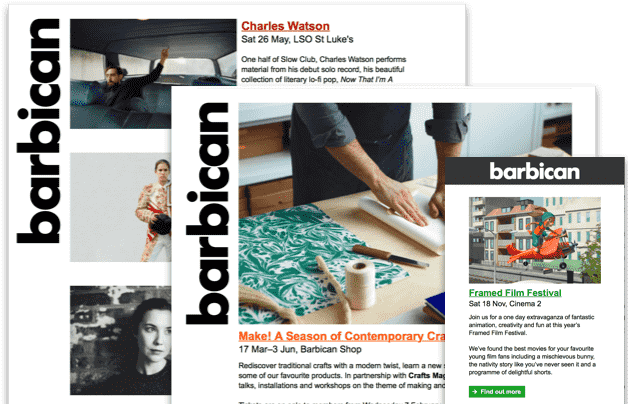Giacometti was born in the Val Bregaglia alpine valley in Switzerland, close to the Swiss-Italian border. Growing up in an artistic environment, he was deeply influenced by his father, Giovanni Giacometti, a respected impressionist painter. From a young age, he was exposed to discussions about art and its nature, shaping his lifelong fascination with the human form. His early artistic journey led him to explore African and Oceanian sculpture, which had already influenced modern artists like Picasso and Derain. By the late 1920s, Giacometti had established himself in Paris, where he became involved with the Surrealist movement led by André Breton.
Giacometti's work as an artist was characterized by a continuous search for understanding the human figure, particularly the head. Expelled from the Surrealist group in 1935, he focused on capturing the essence of human presence rather than symbolic or abstract forms. During World War II, he developed a distinctive style, creating elongated, fragile figures that conveyed a sense of isolation and existential depth. His postwar sculptures, such as Woman with Chariot, became prototypes for his later standing figures, which would define his legacy. Giacometti also ventured into painting and printmaking, producing portraits that emphasized the existential struggle of perception and representation.
Historically, Giacometti’s art emerged in the turbulent 20th century, marked by wars and shifting artistic movements. His friendship with philosopher Jean-Paul Sartre influenced his work, reinforcing themes of existentialism and the unknowability of others. In the late 1950s, he was invited to design a monumental public artwork for New York’s Chase Manhattan Plaza, highlighting his international recognition. Until his final years, he continued to explore themes of fragmentation and vision, leaving behind an enduring legacy that shaped modern sculpture and existentialist aesthetics.

